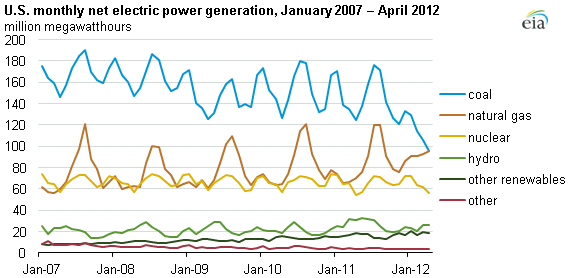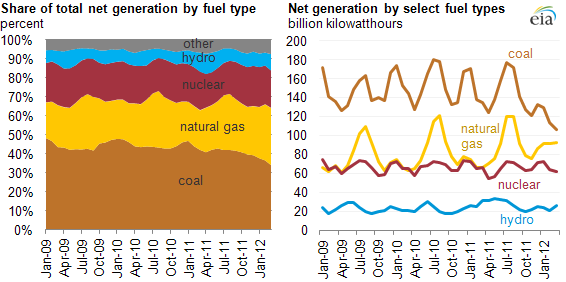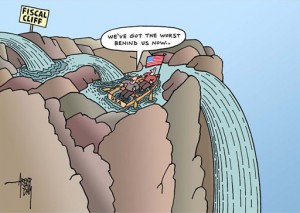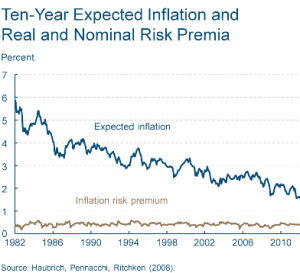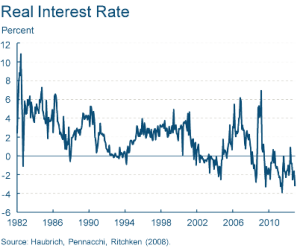Here’s a nice little piece on VoxEU from Orley Ashenfelter and his colleagues about how wine experts have trouble vertically differentiating wine quality. And when I say “have trouble” what I really mean is “they simply can’t do it.”
This column argues that alleged experts repeatedly cannot tell a superstar wine from a cheaper bottle.
We’ve sort of suspected this since the so-called Judgment of Paris back in 1976, but a more recent Judgment at Princeton adds some real perspective by pitting the wines of France against those of, um, New Jersey:
The important conclusion of the ranking, as analysed by Richard Quandt from Princeton, is that Clos des Mouches is statistically significantly better than the nine other whites, which are all judged of equal quality, while one New Jersey red wine is statistically worse than all other nine reds. None of the remaining wines, whether French or from New Jersey, is statistically different from the other. This implies that Château Mouton-Rothschild and Château Haut-Brion, two French superstars, cannot be distinguished from New Jersey reds, which cost only 5% of their French counterparts.
The bold is mine, indicating a bold conclusion, indeed.
As is sometimes the case, the most amusing part of the article is buried in the footnotes:
Ginsburgh, the only writer of this paper who contributed nothing to the Judgment of Princeton, wants nevertheless to point out that he did not even know that New Jersey produces wine.

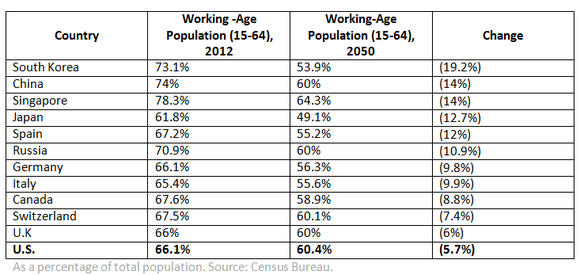
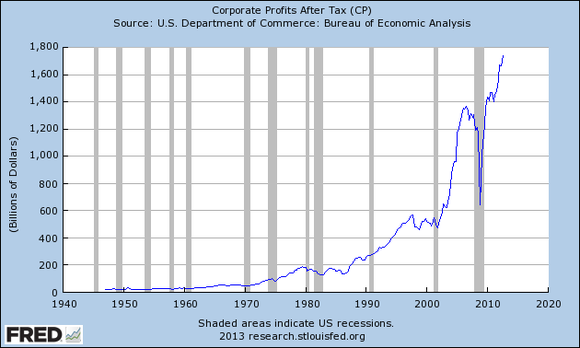
 Happy Birthday (posthumously, of course) to Joseph Schumpeter (a.k.a., Jozsi, Schum, Schumy, Schump, Go-Go, and probably some less flattering names as well), born on February 8, 1883.
Happy Birthday (posthumously, of course) to Joseph Schumpeter (a.k.a., Jozsi, Schum, Schumy, Schump, Go-Go, and probably some less flattering names as well), born on February 8, 1883.